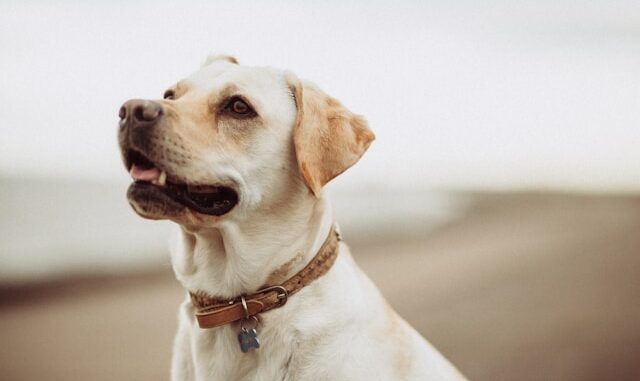
The Dog Owners’ Liability Act (DOLA) in Ontario enforces strict liability on dog owners. This means owners are financially responsible for injuries caused by their dog’s bite or attack, regardless of breed or prior behavior. While this might seem absolute, the DOLA does consider children differently when it comes to defenses like trespassing and provocation. Understanding these nuances is crucial for dog owners navigating lawsuits involving child victims.
The Burden of Proof: Strict Liability and the Child Factor
The DOLA establishes a system of strict liability, meaning the onus lies with the dog owner to establish a defense. However, the act recognizes the impulsiveness of children and offers some flexibility:
- Ownership: The owner must not have been the person in “care and control” of the dog at the moment of the attack.
- Attack: The owner can argue that there wasn’t an attack, but rather a non-injurious interaction.
Limited Defenses and the Child Factor: Trespassing and Provocation
The DOLA offers defenses of trespassing and provocation, but the presence of a child victim introduces complexities:
- Trespassing: The DOLA allows a trespassing defense if the injured person was on private property without permission. However, courts are more reluctant to apply this defense strictly when the trespasser is a child.
- Implied Permission: Children at play in a neighborhood might have an implied permission to be on certain properties, weakening the trespassing defense.
- Knowledge of Trespassing Children: If the owner knew children frequented the property and didn’t take steps to secure it, the defense weakens further. The DOLA might impose a higher duty of care to prevent harm to trespassing children.
- Provocation: The DOLA allows a provocation defense if the victim provoked the dog. However, courts consider the age and maturity of the child when evaluating the severity of the provocation.
- Reasonable Dog Standard: Provocation is judged against the behavior of a reasonable dog, not necessarily the specific dog in question. An overly fearful dog might react aggressively to a child’s playful actions, making the provocation defense less effective.
- Understanding a Child’s Actions: Courts might view a child’s actions through the lens of their age and development. Teasing or grabbing a dog’s tail might be considered childish curiosity rather than intentional provocation.
Building a Defense: Gathering Evidence When a Child is Involved
Building a strong defense involving a child victim requires a nuanced approach:
- Witness Statements: Statements from bystanders who can clarify the nature of the child’s interaction with the dog can be crucial.
- Security Camera Footage: If security cameras captured the incident, footage showing the child’s actions and the dog’s response can be helpful evidence.
- Expert Testimony: A qualified animal behaviorist can provide expert opinion on whether the child’s actions constituted reasonable provocation for the dog’s breed and temperament. They can also address the dog’s behavior in the context of child interaction.
Beyond Evidence: Legal Nuances and Your Lawyer’s Role
Navigating dog attack cases involving children requires a lawyer experienced in both dog bite laws and personal injury claims involving minors. Here’s why:
- Shared Responsibility: In some cases, the child’s parents or guardians might share some responsibility for the incident, potentially impacting the overall liability.
- Damage Calculations: Injuries to children can have long-term consequences. A lawyer can ensure all potential damages, including future medical needs, are considered.
- Negotiation and Settlement: Dog attack cases involving children are often emotionally charged. A lawyer can navigate settlement discussions while protecting your legal interests.
Beyond Legal Battles: Prioritizing Responsible Dog Ownership
While legal defenses can be explored, responsible dog ownership is the ultimate prevention strategy:
- Proper Supervision: Never leave your dog unattended around children, even if you know your dog well. Children can be unpredictable, and even the most well-behaved dog might react defensively in a surprising situation.
- Training and Socialization: Invest in obedience training and socialization for your dog, with a focus on child interaction. Expose your dog to children in controlled settings and teach them basic commands to respond calmly in unexpected situations.
- Understanding Your Dog’s Body Language: Learn to recognize your dog’s stress signals so you can intervene before they feel overwhelmed by a child’s presence.
- Fencing and Secure Property: Ensure your property is properly fenced to prevent children from entering unsupervised.
Facing a Dog Attack Lawsuit with a Child Victim? Understanding your options empowers you.
